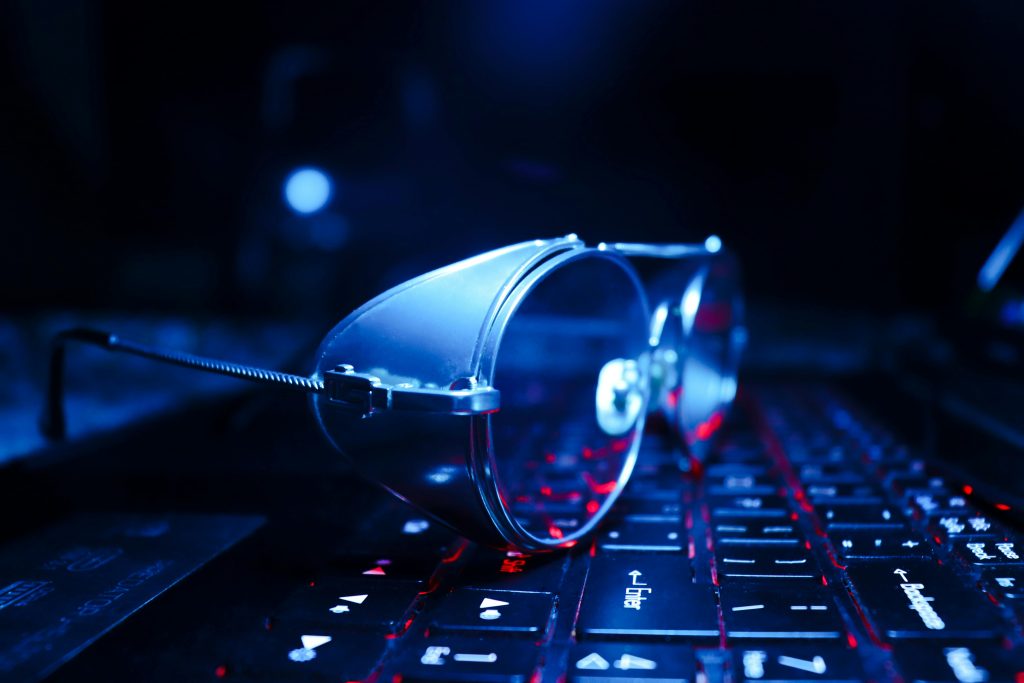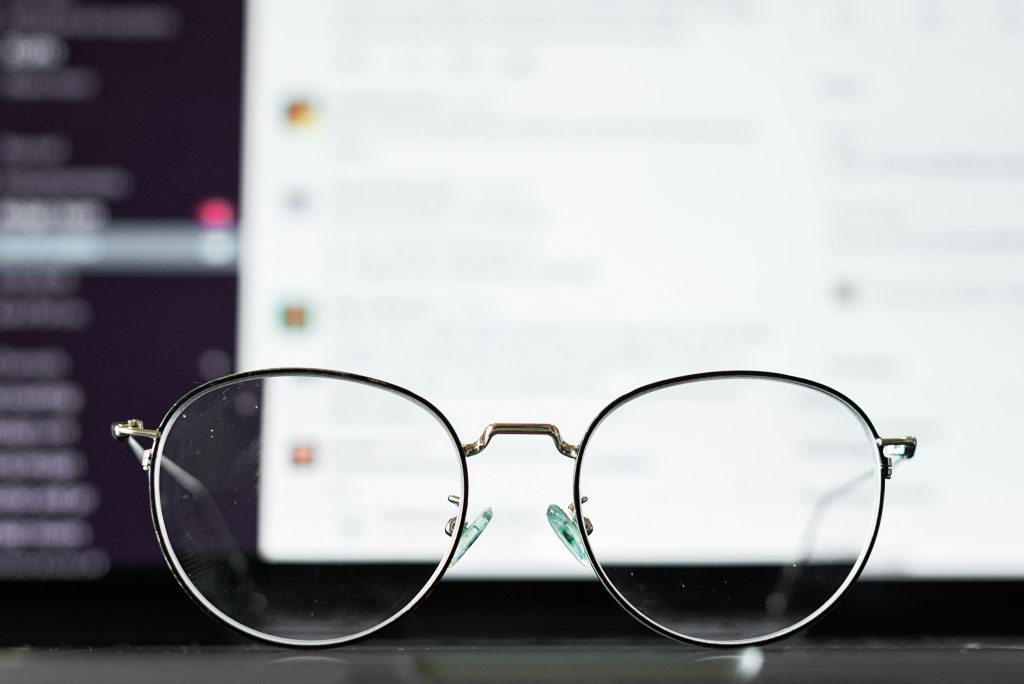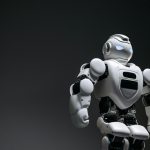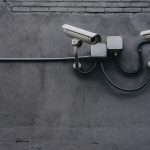Introduction
Computer vision—the technology that enables machines to interpret and act on visual data—is transforming businesses across industries. By mimicking human sight through cameras and AI algorithms, companies can automate routine tasks, gain real-time insights, and unlock new revenue streams. From quality control on factory floors to personalized retail experiences, computer vision applications are as diverse as they are powerful. In this comprehensive overview, we’ll explore the top business use cases, examine implementation strategies and challenges, and look ahead to emerging trends that will define the future of computer vision in the enterprise.

How Computer Vision Works in a Business Context
Before diving into applications, it helps to understand the core workflow:
- Image Acquisition
- Cameras, drones, scanners, or video feeds capture raw visual data.
- Preprocessing
- Techniques like resizing, normalization, and noise reduction prepare images for analysis.
- Feature Extraction & Modeling
- Deep learning models (e.g., convolutional neural networks) identify patterns, edges, colors, or objects.
- Inference & Decisioning
- The system classifies or localizes objects, triggers alerts, or feeds metadata into downstream applications.
- Action & Feedback
- Automated responses (robotic actuators, quality alerts) or human-in-the-loop interventions complete the loop and refine model performance over time.
Successful deployments hinge on high-quality data, robust training pipelines, and integration with business systems such as ERPs, MES, or CRM platforms.
Key Industry Use Cases
1. Manufacturing and Quality Control
- Defect Detection: Automated visual inspection on assembly lines catches scratches, misalignments, or missing components faster and more consistently than human inspectors.
- Process Monitoring: Cameras track machine operations in real time, identifying anomalies (e.g., overheating, misfeeds) to prevent downtime.
- Workplace Safety: Vision systems detect when workers enter hazardous zones or neglect protective gear, triggering warnings and logging incidents.
Business Impact:
- Reduction in defects by up to 90%.
- 20–30% increase in throughput from faster inspections.
- Lower workplace incidents through continuous monitoring.
2. Retail and E-commerce
- Shelf Management: In brick-and-mortar stores, cameras scan shelves to detect out-of-stock items or misplaced products, prompting restocking alerts.
- Checkout Automation: “Just walk out” stores use vision to track items customers pick up and automatically charge them upon exit, eliminating queues.
- Customer Analytics: Video analytics reveal shopper demographics, dwell times, and in-aisle behaviors, informing product placement and promotions.

Business Impact:
- 15–25% lift in sales from optimized shelf layouts.
- 30% reduction in labor costs via autonomous checkout.
- Data-driven marketing strategies based on footfall and behavior patterns.
3. Healthcare and Life Sciences
- Medical Imaging: AI-driven analysis of X-rays, MRIs, and CT scans assists radiologists by highlighting tumors, fractures, or other abnormalities with high accuracy.
- Patient Monitoring: Vision-based fall detection and patient pose estimation in hospitals improve safety and care response.
- Pharmaceutical Manufacturing: Computer vision ensures pill uniformity, capsule fill levels, and packaging integrity.
Business Impact:
- Faster diagnostic workflows, reducing radiologist workload by up to 40%.
- Improved patient safety through continuous monitoring.
- Enhanced compliance and reduced recalls in drug production.
4. Security and Surveillance
- Intrusion Detection: Cameras combined with object recognition can differentiate between authorized personnel and intruders, triggering alarms only when necessary.
- Facial Recognition: Access control systems verify identities for secure entry, visitor management, and employee attendance tracking.
- Crowd Analytics: Vision analytics monitor crowd density, flow, and unusual behaviors to preempt safety issues in venues or public spaces.
Business Impact:
- 50% reduction in false alarms compared to motion-based systems.
- Accelerated access processes and audit trails via automated identity verification.
- Real-time security insights for large-scale events and critical infrastructure.
5. Logistics and Supply Chain
- Package Sorting: Automated vision-guided robotics read labels and scan barcodes to route packages efficiently in warehouses.
- Damage Inspection: Cameras detect dents, tears, or water damage on parcels, triggering sorting into manual inspection queues.
- Inventory Management: Vision systems count pallets and track goods movement in real time, reducing stock discrepancies.

Business Impact:
- 30–50% improvement in sorting accuracy and speed.
- Decrease in lost or misrouted packages.
- Enhanced visibility into warehouse operations through real-time dashboards.
6. Agriculture and Food Processing
- Crop Monitoring: Drones equipped with multispectral cameras survey fields to identify stress, disease, or water shortages at scale.
- Harvest Sorting: Computer vision systems grade fruits and vegetables by size, color, and blemishes, ensuring consistent product quality.
- Livestock Monitoring: Vision analytics detect animal health issues—lameness, feeding patterns, or aggressive behavior—early to prevent outbreaks.
Business Impact:
- Yield increases from targeted interventions based on precise field data.
- 20–30% reduction in labor costs for sorting and grading.
- Improved animal welfare and reduced veterinary expenses.
7. Finance and Banking
- Document Processing: Vision-based OCR and natural-language processing extract data from forms, invoices, and receipts with minimal human review.
- Fraud Detection: Analysis of ATM camera feeds and teller interactions identifies suspicious behaviors or counterfeit documents.
- Customer Onboarding: Automated KYC processes leverage facial recognition and ID scanning to expedite account opening.
Business Impact:
- 70% reduction in manual data-entry workload.
- Lower fraud losses through real-time anomaly detection.
- Faster customer onboarding, improving satisfaction and reducing drop-offs.
8. Automotive and Transportation
- Autonomous Driving: Advanced driver-assistance systems (ADAS) rely on cameras for lane-keeping, pedestrian detection, and adaptive cruise control.
- Traffic Management: City-wide vision networks analyze vehicle counts, speeds, and congestion, optimizing signals and route planning.
- Maintenance Inspection: Vision-guided drones or robotic crawlers inspect bridges, rails, and pipelines for structural defects without human risk.

Business Impact:
- Enhanced safety and reduction in accidents via ADAS features.
- Smoother traffic flow, reducing congestion and emissions.
- Lower inspection costs and improved infrastructure uptime.
Implementation Considerations and Challenges
Data Quality and Labeling
- High-quality images: Blurry or poorly lit footage degrades model accuracy.
- Annotation rigor: Accurate bounding boxes, segmentation masks, and class labels are essential.
- Domain adaptation: Models trained in one environment (e.g., sunny outdoors) may fail under different conditions (e.g., indoor warehouses).
Model Training and Maintenance
- Compute resources: Training state-of-the-art vision models can require powerful GPUs or cloud-based AI platforms.
- Continuous learning: Regularly retraining models with new data prevents performance degradation over time.
- Explainability: For regulated industries, understanding how models make decisions is critical for audits and compliance.
Integration and Scalability
- Edge vs. cloud inference: Real-time applications (robotic control) often demand edge deployments, while batch analytics can leverage cloud compute.
- API-driven architecture: Modular microservices allow vision capabilities to plug into existing business workflows.
- Latency and reliability: Network delays or hardware failures must be mitigated through redundant systems and failover protocols.
Privacy and Ethical Concerns
- Consent and transparency: Especially for facial recognition, businesses must secure proper consent and inform users about data usage.
- Bias mitigation: Diverse training datasets and regular bias audits are necessary to prevent discriminatory outcomes.
- Data security: Visual data—sometimes of sensitive environments—requires robust encryption and access controls.
Future Trends in Business Computer Vision

- 3D Vision and Depth Sensing: Combined RGB-D cameras enable more precise measurements for robotics, ergonomics analysis, and virtual try-ons.
- Augmented Reality (AR) Integration: Vision-driven AR overlays real-time insights—maintenance instructions, customer assistance cues—directly onto physical environments.
- TinyML and On-Device AI: Ultra-efficient vision models running on microcontrollers allow pervasive, low-power deployments in IoT sensors.
- Multimodal AI: Fusion of vision with natural-language understanding and audio analysis brings richer situational awareness for customer service and security.
- Self-Supervised Learning: New techniques reduce reliance on labeled datasets by leveraging vast quantities of unlabeled images for pretraining.
Conclusion
Computer vision is no longer an experimental novelty—it’s a mature, high-impact technology driving efficiency, quality, and innovation across business functions. From manufacturing floors to retail outlets, hospitals to highways, vision-powered systems automate labor-intensive tasks, elevate decision-making with real-time insights, and open new service models. Successful adoption requires thoughtful attention to data quality, architectural design, ethical safeguards, and ongoing model management. As vision AI advances into 3D sensing, AR guidance, and edge implementations, forward-looking organizations will harness these capabilities to secure competitive advantage and redefine what’s possible in the digital enterprise.


